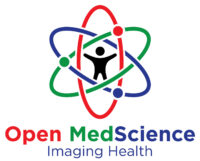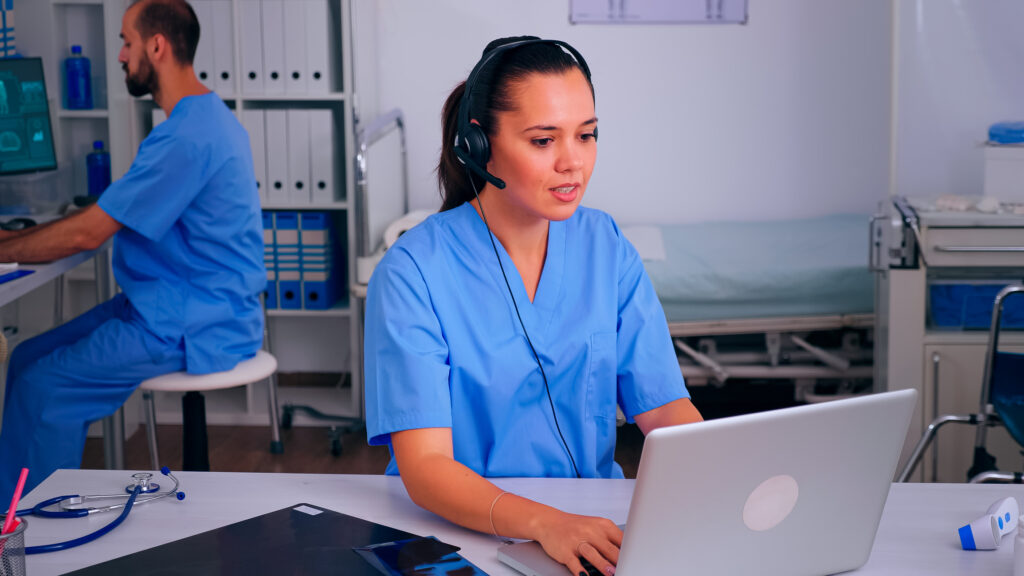Understanding how medications interact with the brain is no longer a mystery confined to behavioural observations or subjective reports. As more complex pharmaceuticals enter the market, especially those targeting neurological or hormonal systems, the need to monitor their side effects with precision is growing.
In 2023 alone, FDA’s Adverse Event Reporting System (FAERS) received 2.15 million reports, including 1.25 million expedited reports (serious, previously unlisted adverse events) and 68,630 direct submissions by healthcare professionals and consumers.
Drug side effects are truly a serious issue today, and the medical community is acutely aware of it.
The fact is that traditional clinical trials can detect immediate reactions, but subtle, long-term neurological consequences often go unnoticed until much later. This is where neuroimaging is obviously invaluable. Let’s explore this theme in detail today.
#1. PET Imaging and Hybrid PET-fMRI
When compared to options like fMRI or ASL, Positron Emission Tomography (PET) goes deeper than fMRI by capturing real-time neurochemical interactions. Due to the fact that it uses radiolabelled tracers, PET can quantify neurotransmitter binding, receptor occupancy, and even regional glucose metabolism. All of this is critical for understanding drug side effects at a molecular level.
The advent of hybrid PET-fMRI systems now allows researchers to overlay molecular data with functional activity, creating a multidimensional picture of how a drug acts on the brain. This is particularly useful in studying drug-drug interactions or understanding how side effects evolve over time.
These systems have been instrumental in recent research into psychedelic-assisted therapy, where both functional and receptor-level changes need to be understood together.
In some instances, patients experiencing severe or unexpected neurological effects from medications have sought legal intervention. In recent times, TruLaw Depo Provera lawyers have represented individuals claiming that long-term contraceptive injections led to unforeseen neuroendocrine effects. In other words, brain tumours.
The lawsuit cases that result from these claims would benefit from the type of evidence PET and fMRI provide. A systematic review of 125 studies using resting-state fMRI and PET scans found that brain regions like the striatum were strongly impacted by all drug types. While these studies were administered on rodents, the findings mirror human neuroimaging results.
It’s no wonder that PET and fMRI technologies are becoming increasingly relevant in the courtroom and are being used extensively in drug-brain interaction studies.
#2. MR Spectroscopy and Imaging Metabolomics
Magnetic Resonance Spectroscopy is a lesser-known but incredibly powerful tool for studying drug effects. Unlike fMRI, which focuses on blood flow, MRS measures the concentration of specific brain metabolites in vivo.
These include critical compounds like glutamate, GABA, N-acetylaspartate (NAA), and lactate, all of which serve as biomarkers for neural health and function. Because many neuropsychiatric drugs alter neurotransmitter levels, MRS offers a direct way to observe their impact.
For example, researchers have used MRS to monitor changes in glutamate levels following the administration of ketamine. This is an anaesthetic and rapid-acting antidepressant that has been known to induce significant side effects. Tracking such biochemical changes helps researchers understand therapeutic pathways, but also flags red alerts for side effects like neurotoxicity or metabolic stress.
Similarly, hormone therapies, such as estrogen modulators or long-term contraceptives, can subtly alter brain chemistry. While these changes may not be immediately apparent in a standard neurological exam, MRS can pick up on these alterations early.
Emerging developments in MRSI (Magnetic Resonance Spectroscopic Imaging) now allow for spatial mapping of these metabolites across brain regions. This opens doors to identifying precisely where a drug is exerting unexpected effects—information that could guide both personalised treatment and early withdrawal of problematic medications from the market.
#3. Emerging Techniques – Functional Ultrasound Imaging (fUSI) and AI
Functional Ultrasound Imaging (fUSI) is one of the most promising new modalities in neuropharmacology. While currently used mainly in preclinical animal studies, its extremely high spatiotemporal resolution offers a valuable complement to fMRI and PET. fUSI measures changes in cerebral blood volume, enabling researchers to track fast, transient changes in brain hemodynamics following drug administration.
This is particularly useful for mapping the brain’s response to fast-acting drugs or identifying early warning signs of vascular stress.
When paired with AI, especially deep learning and pattern recognition algorithms, fUSI becomes even more powerful. Machine learning models can sift through vast datasets to detect patterns of side effects that might be imperceptible to human analysts. This opens the door to predictive models that could anticipate adverse effects based on early imaging markers.
Recently, associate professor Satoshi Watanabe and his teams found that a combination of PET/CT imaging and AI is helping to predict interstitial lung disease. This is a serious side effect that comes from immunotherapy in lung cancer.
Another promising and advanced MRI method that is showing promise is NODDI. This stands for Neurite Orientation Dispersion and Density Imaging. Researchers note that it can be used to detect microstructural brain ageing and early AD-related damage in parietal and temporal cortices. NODDI metrics correlate with tau and TDP-43 pathology, especially white matter damage.
Imagine being able to tell, from a 20-minute imaging session, whether a patient is likely to experience cognitive side effects from a new ADHD medication.
Other experimental techniques like Manganese-Enhanced MRI (MEMRI) or 3D Amplified MRI (aMRI) are also being developed to visualise neuronal activity and tissue changes with greater clarity. While still largely in the research phase, these tools may soon redefine how we screen for drug safety, before problems ever reach the public.
Frequently Asked Questions
1. Which side effect is very common with many drugs?
A common side effect of many medications is nausea. It happens because drugs can irritate the stomach or affect parts of the brain that control vomiting. It’s annoying but usually manageable with food, lower doses, or anti-nausea meds if needed.
2. What are the four main types of diagnostic imaging?
The four main types of diagnostic imaging are X-rays, CT (Computed Tomography) scans, MRI (Magnetic Resonance Imaging), and ultrasound. Each has its own specialty—like CTs for quick internal views or MRIs for soft tissues. Doctors choose based on what they need to check out.
3. What is imaging in drug development?
In drug development, imaging is used to see how a drug works inside the body, like where it goes, how much gets absorbed, or whether it reaches the right target. It’s super helpful in early testing to avoid wasting time on drugs that don’t work.
Essentially, as our pharmaceutical landscape evolves, so too must our tools for monitoring safety. Neuroimaging offers a rare blend of precision, depth, and immediacy in tracking how drugs interact with the human brain, both for better and for worse. It will also be interesting to see how AI comes into play in a big way in the coming years. One could argue that side-effect research is in for some truly interesting times ahead.
Disclaimer
The content presented in this article is for informational and educational purposes only and is not intended to replace professional medical advice, diagnosis, or treatment. The discussion of neuroimaging techniques and drug side effects is based on current scientific research and does not constitute clinical guidance. Readers should not interpret any mentioned techniques or findings as conclusive evidence of drug safety or harm.
References to legal cases or pharmaceutical products are provided for context and do not imply liability, endorsement, or validated causation. Individual responses to medication can vary widely, and any health concerns should be discussed with a qualified healthcare provider.
Furthermore, while efforts have been made to ensure the accuracy of cited data and sources, the authors and publishers accept no responsibility for errors, omissions, or consequences arising from the use of this information. Always consult a medical or scientific professional before making decisions related to healthcare or treatment strategies.




